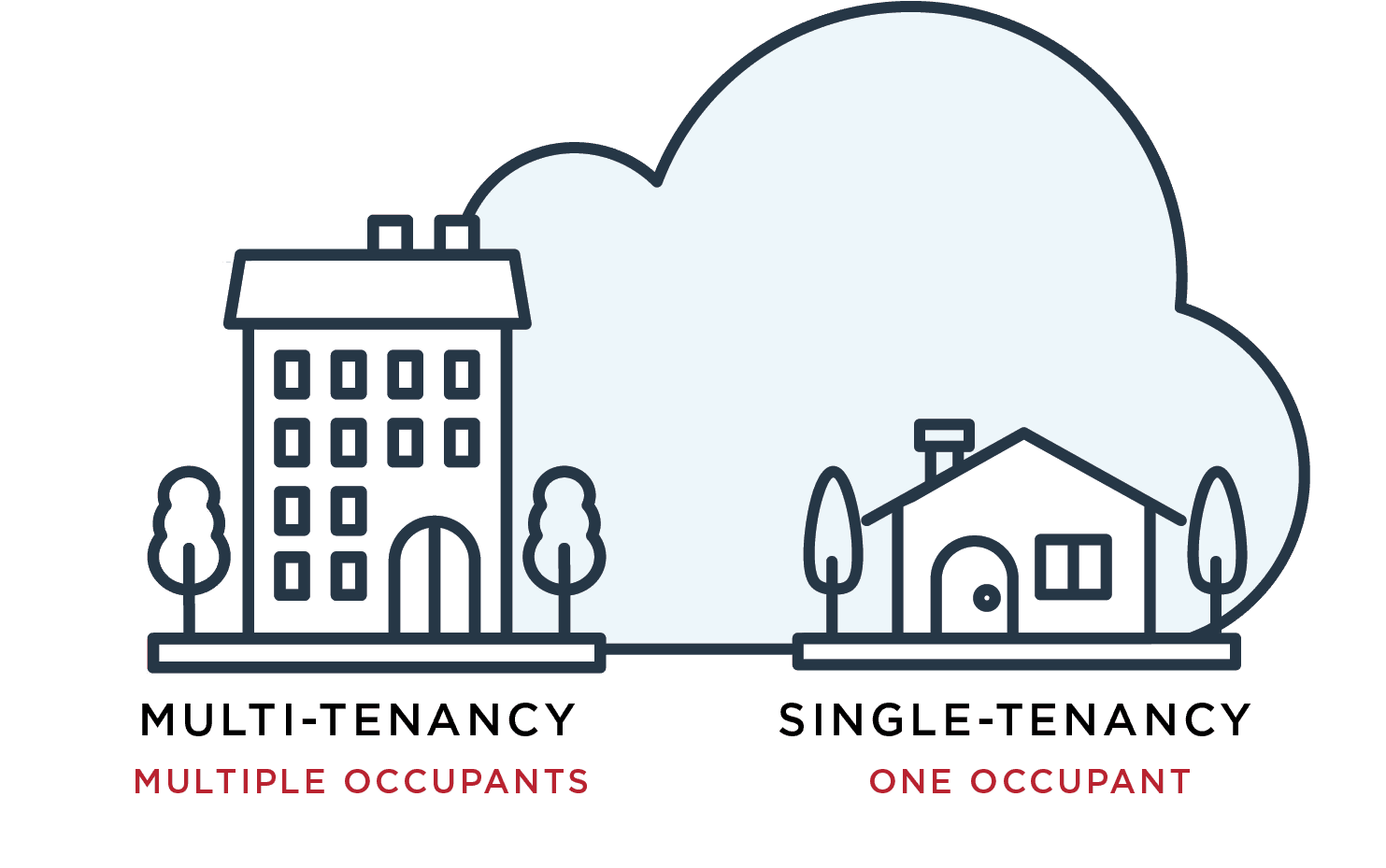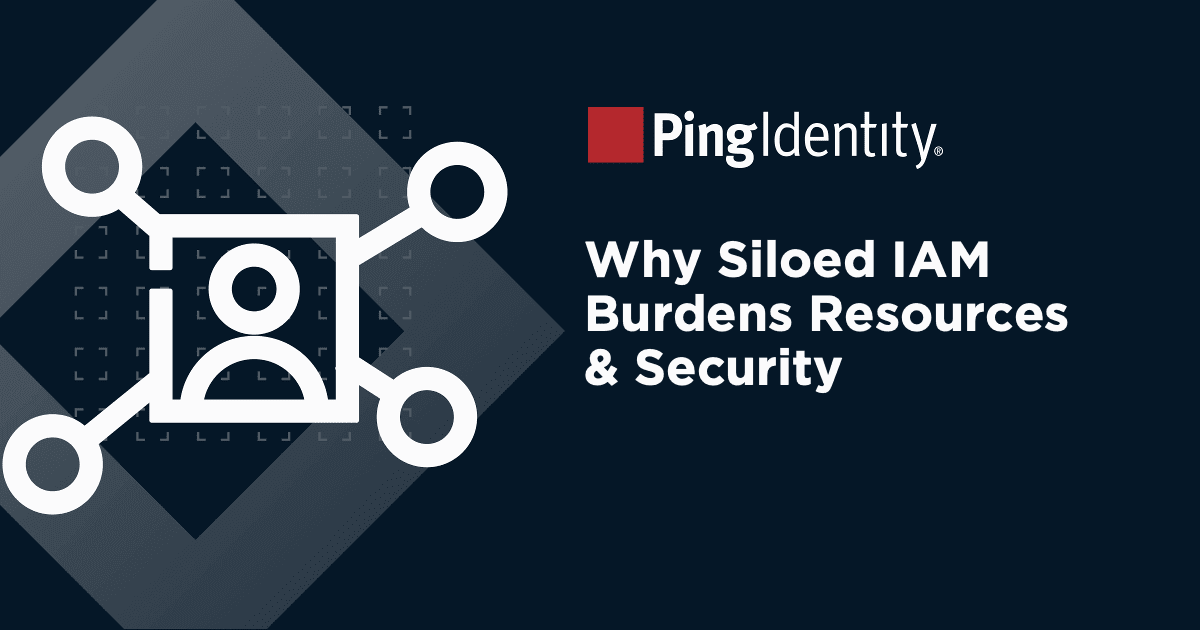Digital transformation has driven enterprises to migrate their infrastructure to the cloud in order to optimize IT operations and save costs. Cloud deployments provide a number of advantages, like flexibility to scale up or down based on bandwidth demand. Another benefit is automatic software updates that ensure systems are up-to-date without deploying IT resources to manage the updates. Unforeseen hardware expenditures are also eliminated, which improves IT budget and planning processes.
Additionally, the need for private tenants and data isolation has risen as the importance of data security and customization has increased. Oftentimes, companies decide to use a combination of cloud offerings.
In the meantime, other trends are taking place that are accelerating the need for cloud adoption. More and more data and user information are being stored in cloud environments that are operated by various vendors. Many cloud environments are also multi-tenant, which means the cloud environment is shared with other users. In order to safeguard consumer data and remain compliant, companies are looking for ways to increase the security and privacy of user data.

In a private tenant cloud environment, resources are not shared with other users. This allows the enterprise to configure the environment and boost security to meet its unique business needs.
The biggest benefits of physical data isolation are greater customization and enhanced security. It’s similar to living in an apartment building, where you have limited opportunity to configure the space versus a house where configuration options are endless to match specific needs. The ability to configure the cloud infrastructure to uniquely serve business needs saves IT costs, improves customer experiences and ultimately drives revenue.
To address these trends and evolving enterprise needs, Ping Identity developed PingOne Advanced Services. They provide the benefits of a global authentication authority with highly configurable capabilities—and they’re wrapped into a dedicated cloud environment with data and resource isolation to support data residency requirements. It’s identity and access management (IAM) done your way. Let’s highlight a few of the benefits.


